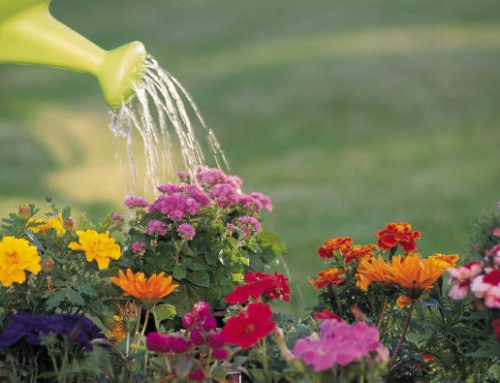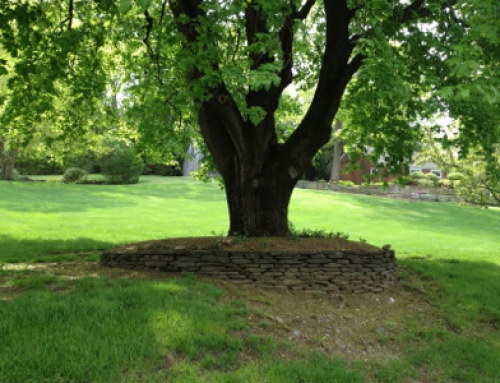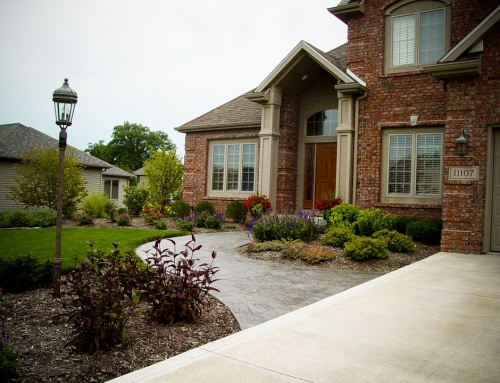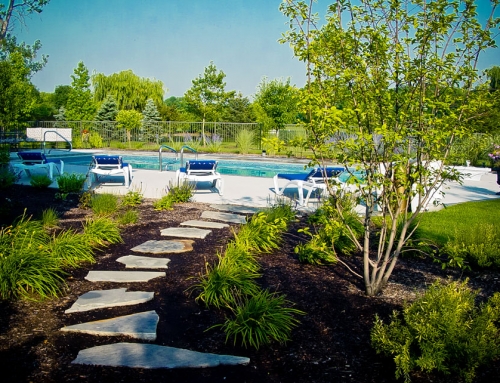Existing Lawn Care: Keep it Going
- Continue to mow, edge and water as needed.
- The best time to mow is in the evening when the grass is dry and temperatures have cooled.
Raise the Blade….to raise your mowing height!
- 2-3 inches for Fescue & St. Augustine
- 1-2 inches for seeded Bermuda
- 0.5 – 1.5 inches for sodded Bermuda & Zoysia.
- After the last cut, clean down the lawn mower and – if necessary – sharpen the blades or book it in for a service for some time before February at your local mower repair specialist.
Let it Breathe!
- Aerate the soil if it has been heavily trampled over the summer months
- Then top dress the soil.
To Fertilize or Not to Fertilize?
- Fescue should be fertilized towards the middle of the month with a Pike Lawn Fertilizer
- Bermuda will benefit from a “winterizer” fertilizer applied six weeks before you estimate the first frost. (Do Not fertilize Zoysia, Centipede or St. Augustine grasses.)
Plant Fescue seed.
- As with other plants, sowing fescue seed in the fall allows the grass to root in and become established before the stressful heat of summer returns.
- Reseeding creates a denser lawn, and helps prevent broadleaf weed growth.
- Use 6 pounds of seed per 1000 square feet and mulch with wheat straw to hold soil moisture and protect the seed from birds.
- To reseed use a broadcast spreader and apply at the directed rate.
Apply a pre-emergent
- To control winter weeds such as poa annua (annual bluegrass), henbit, chickweed and others, apply a pre-emergent Pike Crabgrass Preventer to your Bermuda or Zoysia lawn around mid-month.
- Do not apply to a fescue lawn if you plan to sow seed in the fall. Not only will it prevent weed seeds from germinating, but it will also prevent the grass seed from germinating.









